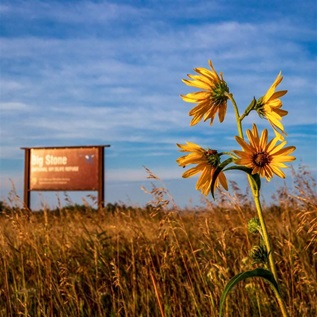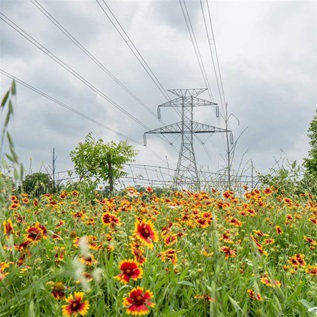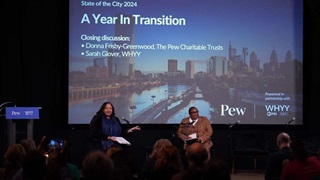How ‘Blue Carbon’ Can Best Help California Address Climate Change and Benefit Communities
Pew, partners recommend science-based targets for protecting and restoring coastal habitats
On Sept. 15, 2023, The Pew Charitable Trusts and local stakeholders submitted recommendations to the California Natural Resources Agency (CNRA) for the protection and restoration of coastal habitats to support new requirements adopted in 2022 as part of Assembly Bill 1757, which amended the California Global Warming Solutions Act of 2006. A.B. 1757 requires CNRA to determine specific targets for nature-based climate solutions that reduce greenhouse gas emissions and support California’s carbon neutrality and climate adaptation and resilience goals.
The letter commended CNRA’s efforts to date and recommended that the state strengthen protections for remaining blue carbon habitats—coastal ecosystems that capture and sequester atmospheric and other carbon—including seagrasses; adopt measures to ensure that these habitats can adapt to climate threats such as sea level rise; and promote restoration of degraded wetlands. The effort to implement A.B. 1757 reflects California’s commitment to better quantify, track, and implement nature-based solutions called for in other state initiatives, including the Scoping Plan for Achieving Carbon Neutrality, the Natural and Working Lands Climate Smart Strategy, and the California Climate Adaptation Strategy. CNRA has until Jan. 1, 2024, to finalize its targets, working in collaboration with the California Air Resources Board, the California Department of Food and Agriculture, and an expert advisory committee.
Spotlight on Mental Health
MORE FROM PEW
Explore Pew’s new and improved
Fiscal 50 interactive
Your state's stats are more accessible than ever with our new and improved Fiscal 50 interactive:
- Maps, trends, and customizable charts
- 50-state rankings
- Analysis of what it all means
- Shareable graphics and downloadable data
- Proven fiscal policy strategies
Welcome to the new Fiscal 50
Key changes include:
- State pages that help you keep track of trends in your home state and provide national and regional context.
- Interactive indicator pages with highly customizable and shareable data visualizations.
- A Budget Threads feature that offers Pew’s read on the latest state fiscal news.











